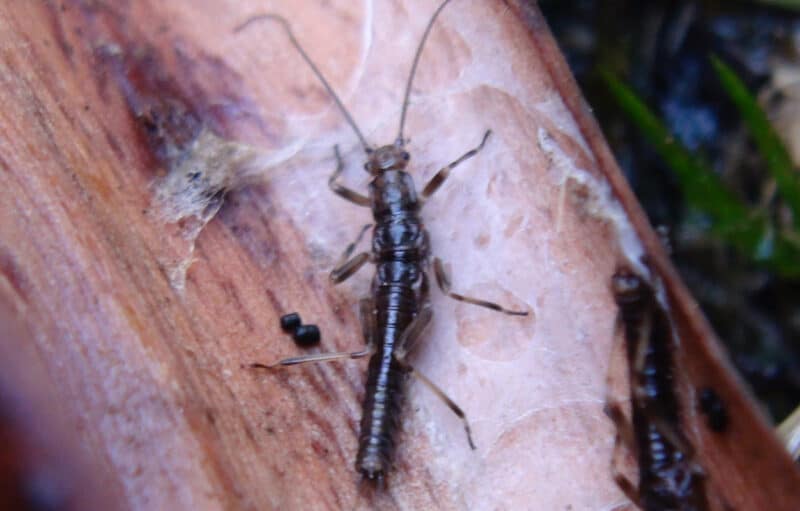PARK WATCH Article March 2023 |
Executive director Matt Ruchel reports on what the 2022 state election delivered for nature.
Following a largely lacklustre state election in November, the Andrews Government won an historic third term, with a slightly increased majority. Victorian Labor has now been in power for the bulk of this century: about 19 years out 23.
Labor’s progressive history
The Victorian ALP has always prided itself on its progressive politics and policies and this has certainly been the case on social policy and on the big ticket items like climate change. When it comes to nature, it’s more of mixed bag. Some previous leaders of Victorian Labor like Joan Kirner and Steve Bracks, made some step changes in protection of the natural environment, but probably didn’t have the backdrop of global climate change and increased frequency of extreme weather events dominating the ‘environment debate’.
The first term of the Andrews Government (2014–18), saw a very good and comprehensive environment policy released. They reversed some the backwards steps of the previous Coalition government, including banning cattle grazing in the Alpine National Park, reversing 99-year leases in national parks, delivering a long overdue revised biodiversity strategy, the new Marine and Coastal Act and reform of the Flora and Fauna Guarantee Act.
Delivery of these reforms has happened, sometimes slowly, but that seems as far as it goes in term of election policy. Neither the 2018 nor the recent 2022 election saw any release of comprehensive environment or nature policy, and only a very few targeted announcements.
Election announcements
The only policy that was at all close to dealing with nature was a Suburban Parks announcement, which built on Suburban Parks Package release at the 2018 election, plus additional $10 million Green Links fund for revegetating urban creek lines. The important part was a commitment to ‘introduce planning controls on 12 key rivers and creeks in Melbourne to create wildlife corridors, protect waterways and restore the natural environment.’ The creeks – Edgars, Darebin, Gardiners, Jacksons, Koonung, Kororoit, Cherry, Merri, Moonee Ponds, Steele, Stony and the Maribyrnong River – are safeguarded from any future inappropriate development. This brings these important urban waterways somewhat in-line with protection already in place for the Yarra River.
The Coalition had largely nothing, except a couple of micro announcements around Ricketts Point Marine Sanctuary, with no comprehensive policy releases and during the election spent more time on scare campaigns around regional park regulations, which were later found by RMIT/ABC fact check to lack context. The new Liberal leader, John Pesutto, had to beat a Teal independent candidate in the seat of Hawthorn. Interestingly it was reported during the election campaign that at a candidates’ environmental debate earlier in November, Pesutto said he expected the logging of native forests to end by 2024. This was in stark contrast to formal Coalition positions (that can seemingly can only be found on the National Party website), which commits to winding back the phase out of native forest logging. The Greens released a good biodiversity policy and the Teals were effective in raising native forest logging issues.
In reality, the election delivered very little in terms of concrete policies for nature, with lack of competitive tension between the major parties on environment policy in general. Having said that, the Andrews Government did make some substantive commitments, outside of the election cycle in the last term including: end of native forest logging by 2030; Immediate Protection Areas in 2019; new central west parks in June 2021; Feral Horse Action plan and State Wide Deer control strategy. But implementation has been torturously slow. The government claims it has protected huge swathes of Victoria, but none of the work to legislate these areas formally as parks or reserves has happened.
Looking to the future
There has been a significant kick start to end of native forest logging with the decision by Opal to shut the M5 white copy paper machine at Maryvale Mill. This machine was specifically dependent on native forest to make bleached pulp and was one of the main blocks to hasten the transition. Many of the other processes of Maryvale can use pine and blue gum, so the end of the M5 machine is a real milestone on the path to end native forest logging.
There should be no further excuses to speeding up the transition, particularly as logging has been temporarily suspended in large areas of eastern Victorian due to successful court cases from community groups, which found that VicForests have been operating in breach of the state laws related to the protection of biodiversity in our forests.
Did you like reading this article? You can read the latest full edition of Park Watch magazine online.
Want to be kept up to date about this and other nature issues in Victoria? Subscribe to our email updates.
You can also receive our print magazine Park Watch four times a year by becoming a member. Find out more.
